

Vaginal yeast infection is extremely common in women. If you feel like you’re exhibiting symptoms, you’ve come to the right place.
11 Natural Remedies For Yeast Infection To Try At Home
1. Garlic
Why it works: Fresh garlic is packed with antifungal properties. The secret lies in an enzyme called allicin. It’s responsible for the distinct and pungent garlic aroma.
Laboratory tests have shown allicin to be capable of combating a wide range of bacteria. Studies have also described the strong antifungal response of fresh garlic extract against Candida albicans, the bacteria behind most vaginal yeast infections.
What to do: Crush two peeled cloves of garlic using the back of a kitchen knife. Place the cloves in a mortar and grind it with a pestle. Add a little water to make a garlic paste. You then apply the paste to the affected area and let it stay there for 10 minutes.
RELATED: Natural Remedies For Yeast Infection In Babies
2. Hydrogen Peroxide
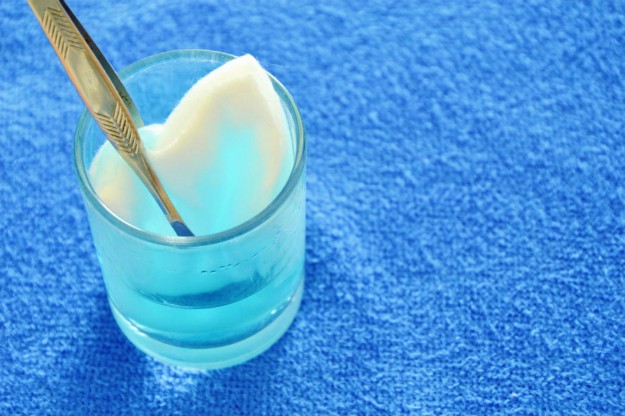
Why it works: Hydrogen peroxide is naturally produced by the vagina as an antiseptic. It’s your body’s way of keeping vaginal yeast infections at bay.
Hydrogen peroxide kills bacteria through oxidation. Upon contact with the infected area, the compound immediately down the cell walls of the Candida albicans bacteria.
What to do: Mix a teaspoon of hydrogen peroxide into a cup of water and use this to wash the infected area.
3. Coconut Oil
Why it works: Coconut oil is extracted from pressing the meat of mature coconuts. It has a wide array of uses both in and out of the kitchen.
Studies have already established the antifungal properties of coconut oil. Reports show that it exhibits high antifungal activity whenever it encounters Candida albicans.
What to do: Apply an even layer of pure and organic coconut oil directly onto the infected area.
4. Oregano Essential Oil
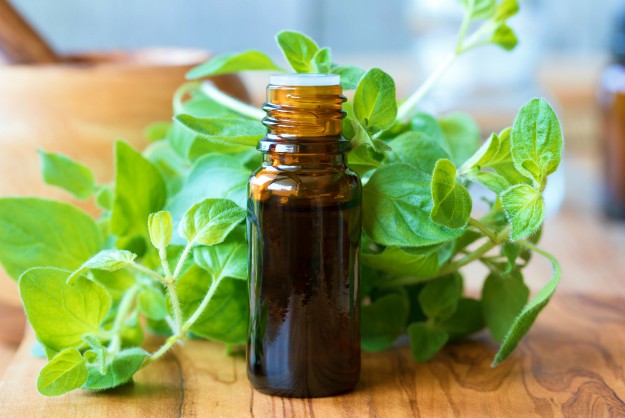
Why it works: Essential oils are popular natural remedies for a yeast infection. An example of this is the oil of oregano. It contains thymol and carvacrol compound, which are known for their antifungal and anti-inflammatory properties.
What to do: Drink one glass of water with three drops of oregano oil mixed in. Do this twice a day for one whole week.
5. Yogurt
Why it works: Before understanding the role of yogurts as natural remedies to yeast infection, let’s first discuss Lactobacillus acidophilus. Like hydrogen peroxide, it’s naturally produced by the body. In fact, it’s a kind of good bacteria found in a healthy vagina and in-charge of producing hydrogen peroxide down there.
Yogurt can help you combat a yeast infection because it’s packed with Lactobacillus acidophilus. Having more of this good bacteria in your body helps promote hydrogen peroxide production in your vaginal area.
What to do: Apply an even layer of unsweetened and unflavored yogurt on the infected area. Leave it on for 10 minutes and then rinse it off afterward. You can also eat more servings of yogurt per day.
6. Vinegar
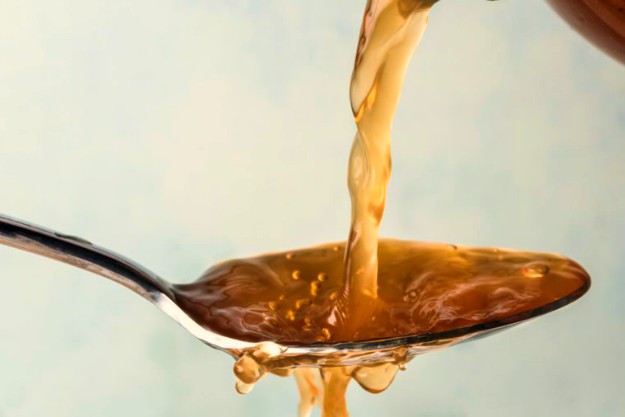
Why it works: Most types of bacteria won’t survive in highly acidic conditions. It’s the acidity of most kinds of vinegar makes them natural remedies for yeast infection.
What to do: Pour two cups of white or apple cider vinegar to your warmed bathwater and soak the infected are in the tub for at most 15 minutes.
7. Vitamin C
Why it works: Vitamin C is a potent antioxidant and an essential nutrient. It’s in-charge of strengthening your immune system.
With a stronger immune system, your body will be able to fight against Candida albicans. Vitamin C can also help you recover from a yeast infection.
What to do: Add more citrus fruits like oranges and cherries to your daily diet.
8. Epsom Salt Bath
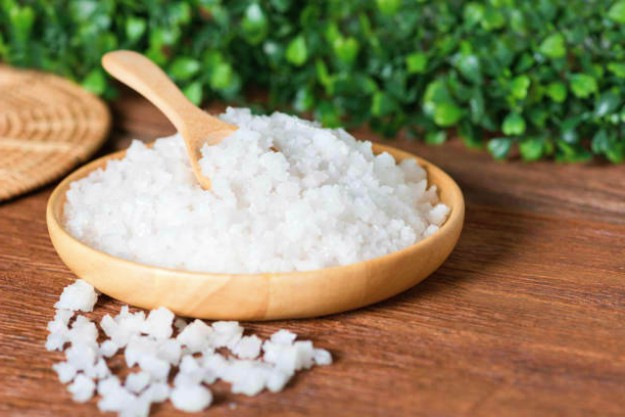
Why it works: Epsom salts are useful for a number of things. They’re also pretty useful as natural remedies for yeast infection.
These salts balance the pH level of your vaginal area, making it hard for bad bacteria to thrive. Epsom salts also keep the itching and swelling away when you have a yeast infection.
What to do: Pour two cups of Epsom salts into a bathtub filled with warm water. Soak in the tub for at most 15 minutes. Pat yourself dry after, paying close attention to the infected area.
9. Aloe
Why it works: Aloe is a type of short-stemmed succulent plant. The gel inside its long and fleshy leaves is prized for its medicinal properties.
The aloe’s cooling properties help ease the irritation around the infected area. It can also keep the swelling of the infected area under control.
What to do: Cut off a third of the aloe plant’s leaf and remove its spines. Wash the cutting properly under cold running water. Peel the skin off the aloe vera with a knife. You’ll be left with a chunk of clear aloe vera gel. You can cut this up, mash it, and apply a thin and even layer on the infected area.
10. Peppermint Oil
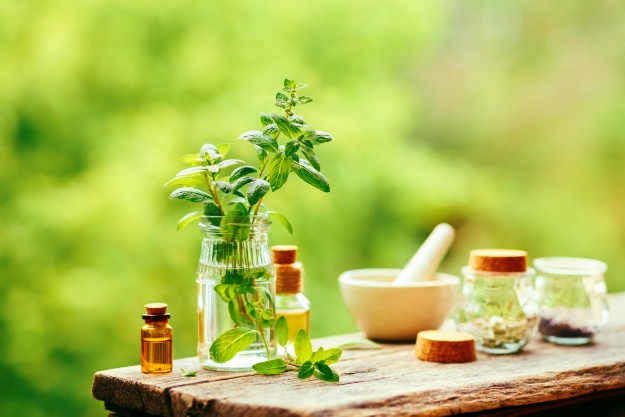
Why it works: Like aloe vera, peppermint oil has strong cooling properties. It can help reduce swelling and relieve itching from yeast infection. Peppermint oil also has its own stock of antifungal properties.
What to do: Similar to using oregano oil, you drink one glass of water with three drops of peppermint oil mixed in. Do this twice a day for one whole week.
11. Green Tea
Why it works: Green tea is a powerful antioxidant. Similar to Vitamin C, it can help strengthen your body’s immune system, making it more capable of fighting off a yeast infection. It also has anti-inflammatory properties that can help with the swelling.
What to do: Steep a tea bag in hot water for about three minutes. Drink the green tea while it’s hot. You can also refrigerate the tea bag and place it over the infected area for 10 minutes.
Learn more about how to prevent getting a yeast infection by watching the video by The Doctors below:
These natural remedies for yeast infection are simple yet effective. Choosing any of these natural methods saves your body from ingesting synthetic medicines like a yeast infection pill. Make sure to check with your doctor first before trying any of the items on this list.
Have you tried any of the natural remedies for yeast infection listed above? Share your experience in the comments section below!
Up Next: Natural Remedies For Yeast Infections In Babies | Baby Yeast Infection
